by Ronja Gronemeyer
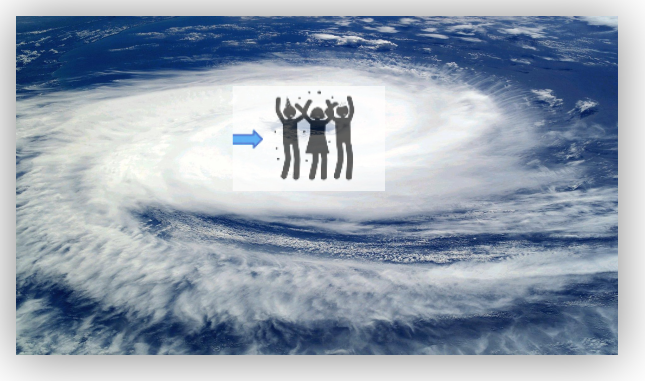
Clouds can party hard!
Clouds like to cuddle and cluster. Cloud clustering is crucial to understanding the formation of tropical storms. This article will brush up your basics on convection, introduce you to fascinating atmospheric phenomena and reveal, how the clustering of clouds can be compared to a cocktail party…
What’s the matter?
Extreme rain strongly impacts human communities, as we experienced in Germany in summer 2021. Due to climate change such events are likely to increase in severity over the next decades [1]. This concerns us in northern Europe, but other regions are already impacted much worse:
Tropical thunderstorms and tropical cyclones cause devastating winds and floods. Today, we lack understanding of processes, driving the formation of such extreme events.
The group of complexity and climate of the Center for Tropical Marine Research (ZMT) Bremen uses simplified simulations of convective clouds, to improve this understanding. Improved understanding will be the basis to protect local communities from storm impacts in the future.
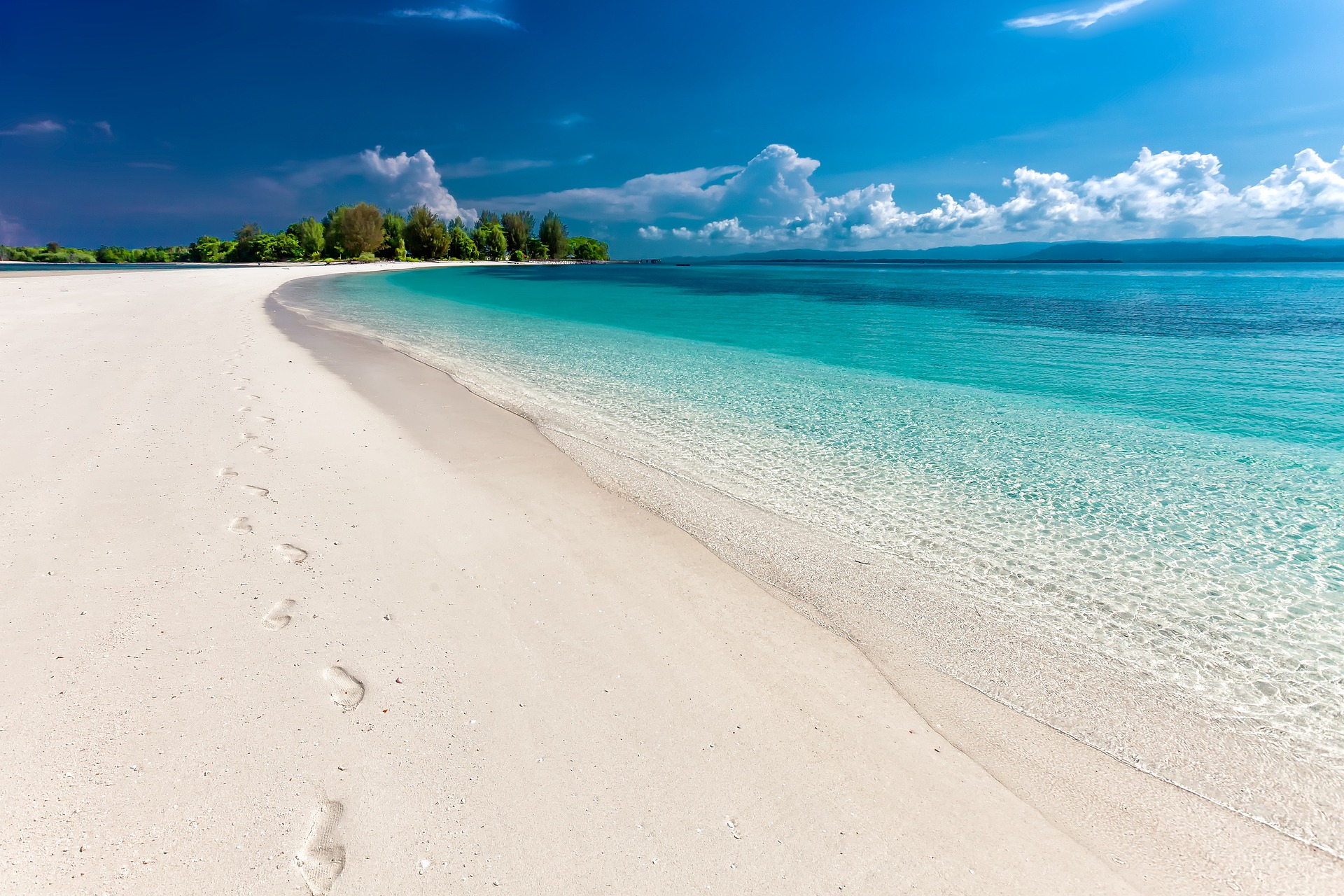
A trip to the tropics
Let’s go to the tropics! Well, it will be an imaginary trip you can take from your homescreen, since my master project started with the first lockdown…
Welcome to the tropics, we arrived directly at the equator! Blue ocean, long beaches, hot and moist air: Being in the tropics provides a very special scientific environment: hot, moist air and (assuming to be directly at the equator) no Coriolis force. The Coriolis effect causes rotation of storms. The Coriolis force is due the earth’s rotation and present all over the globe, but directly at the equator. Directly at the equator is, where we lay down or scene 😉 So we take a deep breath of warm air, notice that the sea surface has exactly 26,85 degree and stroll in the water.
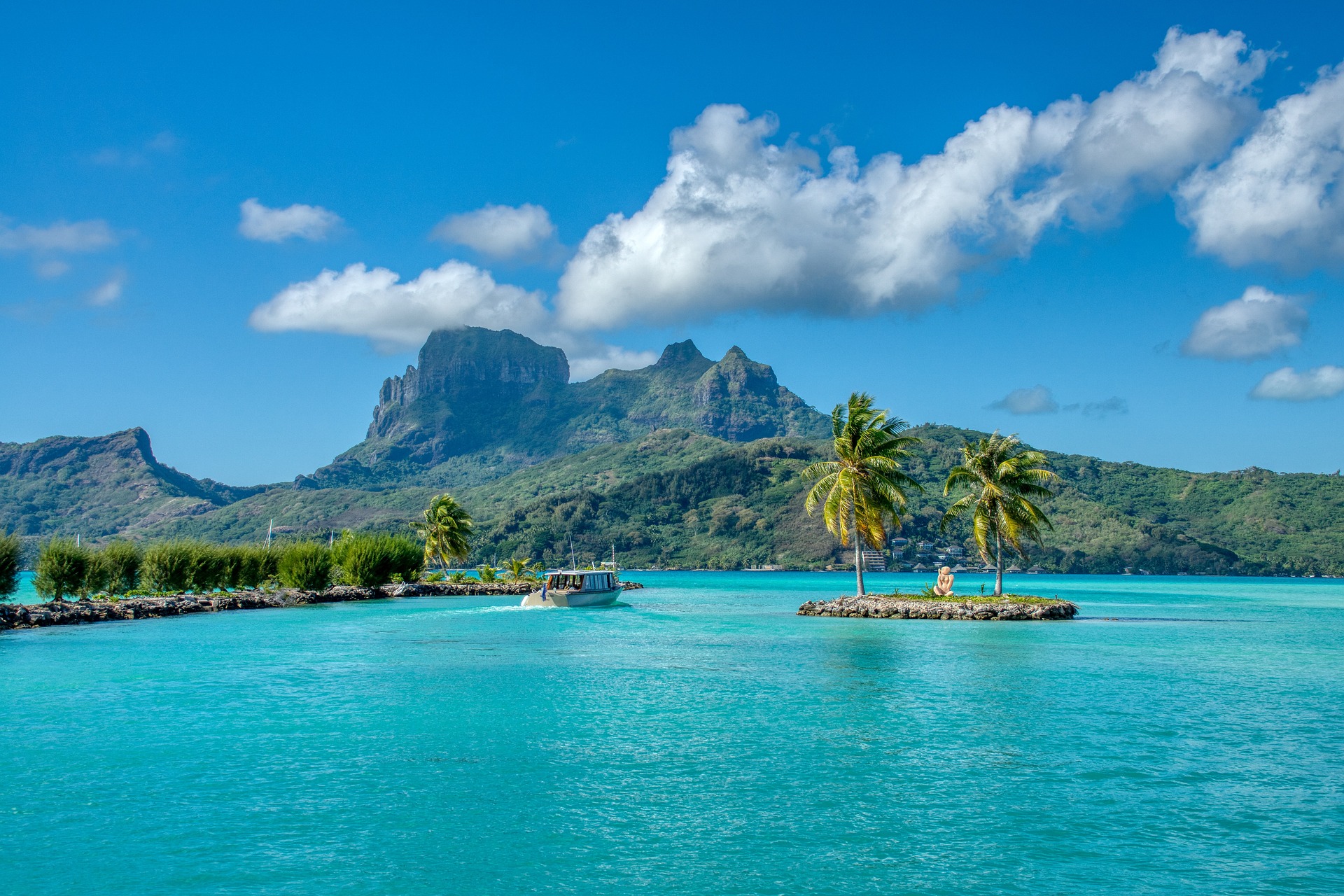
Quelle: Pixabay
What happens in the air around us?
When heat is transferred by movement of air or any other fluid, the process is referred to as convection (see figure below) [2].

Convective process and the development of a Cold Pool.

First, warm and moist air rises from the sea surface. The air cools down in the upper, colder and dryer atmosphere. The cooler air can hold less moisture than the warmer air in lower layers: A precipitating cloud is formed. We refer to this cloud as the initial rain cell. Part of the rain falling (2) re-evaporates (3). Re-evaporation of precipitation causes evaporative cooling of surrounding air. The cooling creates a volume of colder and thus denser air, underneath the precipitating cloud. This air volume is called a cold pool (3).
Evaporative cooling
When water evaporates, it changes its phase from liquid to gas. Water absorbs heat in order to make this phase transition, thus it cools the surrounding air. This phenomenon is called evaporative cooling. Evaporative cooling is exploited to build evaporative coolers as air conditioners [more] .
Gravity accelerates the cold pool downwards, because its colder air is denser than the surrounding tropical air. When the cold pool hits the surface, the cold air spreads radially along the surface. This spreading of air creates a gust front, which propagates with high (wind) speed. Usually cold pools have a relatively dry and cold core, which inhibits and ‘shuts down’ the initial convective updraft – almost like a convective suicide! But sometimes new convection can be triggered at the leading edges – or when two gust fronts collide…
Simulation set up
To mimic the effect of cold pools in simulations, a fine resolution is needed. Simulations fine enough to resolve individual rain cells are called Cloud resolving model Simulations. The finer and more complex a simulation, the higher the computational costs. In Addition, realistic simulations are complex to understand by themselves. Thus, we use a very simplified simulation framework: A simulated experiment box, where we control all conditions! The following will focus on a resolution of 1km, since finer resolutions did not provide qualitative differences. Coarser resolution saves computational costs and energy – very meaningful in climate research! To avoid boundary effects at the domain edges, we provide double periodic boundary conditions to our experiment box.
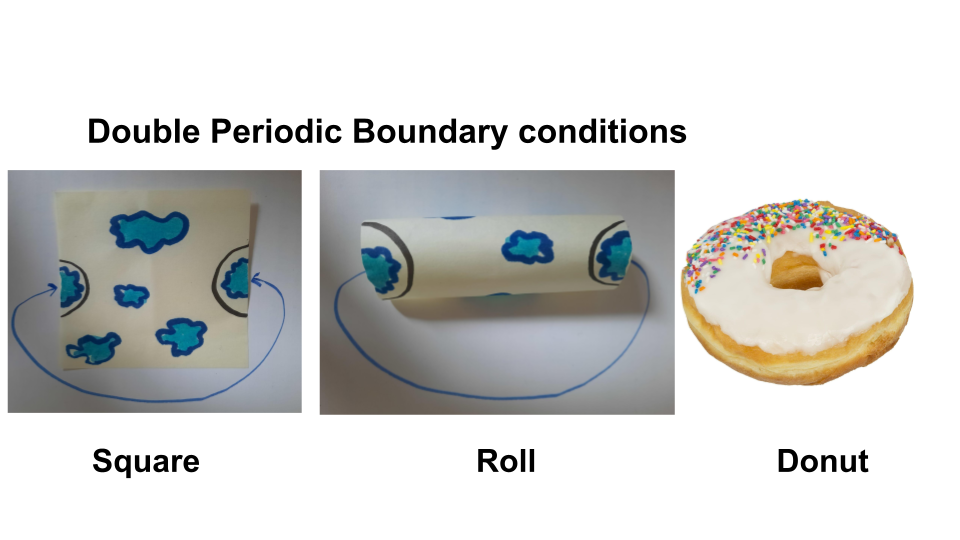
Double Periodic boundary conditions are a bit of a mind twist.
The double periodic square domain is not really a square! The left edge is connected to the right of the domain and the top edge is connected to the bottom of the domain. Try it yourself: Draw a square on a sheet of paper, glue the edges together 🙂
You will see: The square is actually a donut.
Consequently, the black circle marks two parts that belong to the same cloud.
| Simulation details: We simulate a 480km x 480km square domain with 1km resolution and provide periodic boundary conditions to both horizontal directions. At the bottom of this domain, we assume an infinitive and homogeneous moisture reservoir, as above a sea surface. This sea surface is constantly heated to 300K. |
We run simulations in Radiative Convective Equilibrium (RCE). RCE implies that the incoming solar radiation balances the outgoing thermal radiation in a dynamic equilibrium, at least for sufficiently large horizontal and temporal scales (10³km, weeks). This global radiation constraint approximately limits the possible amount of rainfall in the domain. This total supply of rainfall, then has to be partitioned between different rain cells. RCE is the simplest possible framework to investigate complex phenomena of the atmosphere. Convective Self aggregation (CSA) is one of these complex phenomena.
CSA is the spontaneous spatial organization and clustering of convection, despite a homogeneous environment. Fig. CSA illustrates the aggregation of clouds and precipitation in the course of an RCE simulation. What does this imply? Clouds and rainfall are quite spread in the beginning of the simulation (Fig. CSA, 1). Over time, dry spots with no clouds emerge and grow. Clouds are pushed back and cluster over time (Fig. CSA, 2, 3), until in the final state (Fig. CSA, 4)clouds and precipitation is limited to one spot of the domain. Why clouds cluster this way, is not understood, yet. Maybe they just like to cuddle?

Fig. CSA: Clouds cluster together and rainfall is limited to a single region, as the simulations proceed.
Cuddling Cloud, clustering and a pre-Covid Cocktail Party
Lets use a Metaphor to visualize this aggregation process: We compare convection to conversations at a cocktail party (pre-covid times). In the beginning people are distributed quite equally throughout the room (stage 1). Everyone is shy, nobody talks in the initial state. But there is a little noise. Soon, local conversations start. Conveyed to our simulations: Convection starts and clouds form. If it is a good party, people start to connect to others around them. Then conversations fuse and groups cluster together. Conveyed to our simulations: Clouds move towards each other, fuse and cluster (stage 2 and stage 3). In the final stage, everyone left is celebrating in one corner of the room. The party is limited to a restricted area, but wild and at high intensity!
Conveyed to our simulations: In the final state, the precipitation is limited to a small area, where it rains at high intensity! Convection is wild, feeding the one big cloud left. Theoretically, this could go on forever – assuming an infinite energy supply for our simulation (not for the party).

The secret of CSA and a wild party
Nobody fully understands why some parties go wild and others just don’t. Similarly, research can not fully answer yet, which processes drive CSA. In general, Convective Self Aggregation is assumed to start from a dry spot, without precipitation or convection. This initial dry spot is supposed to grow, driven by radiation and moisture feedback, until precipitation is localized in one remaining rain cell. It is known that CSA is favored in simulations that use large domains and coarse resolutions. Moreover, simulation without Cold pools always aggregate!

When everybody or every cloud gets together, the party can be boozy, stormy, wild – and sometimes dangerous.
What makes CSA relevant?
Again, tropical storms cause increasing harm to local communities [more]. Understanding these storms is crucial, to prevent harm in the future. The formation of tropical storms is associated with the clustering of convective clouds, which could be connected to CSA. One open question is the role of Cold pools in CSA. It can be assumed that cold pools play an important role in the upbuilding of tropical storms and the process of CSA.
To investigate the role of cold pools in CSA, we remove cold pools from simulations, by enabling the re-evaporation of precipitation. The findings of this so-called ‘mechanism denial experiment’, will be revealed in the second part of this article.
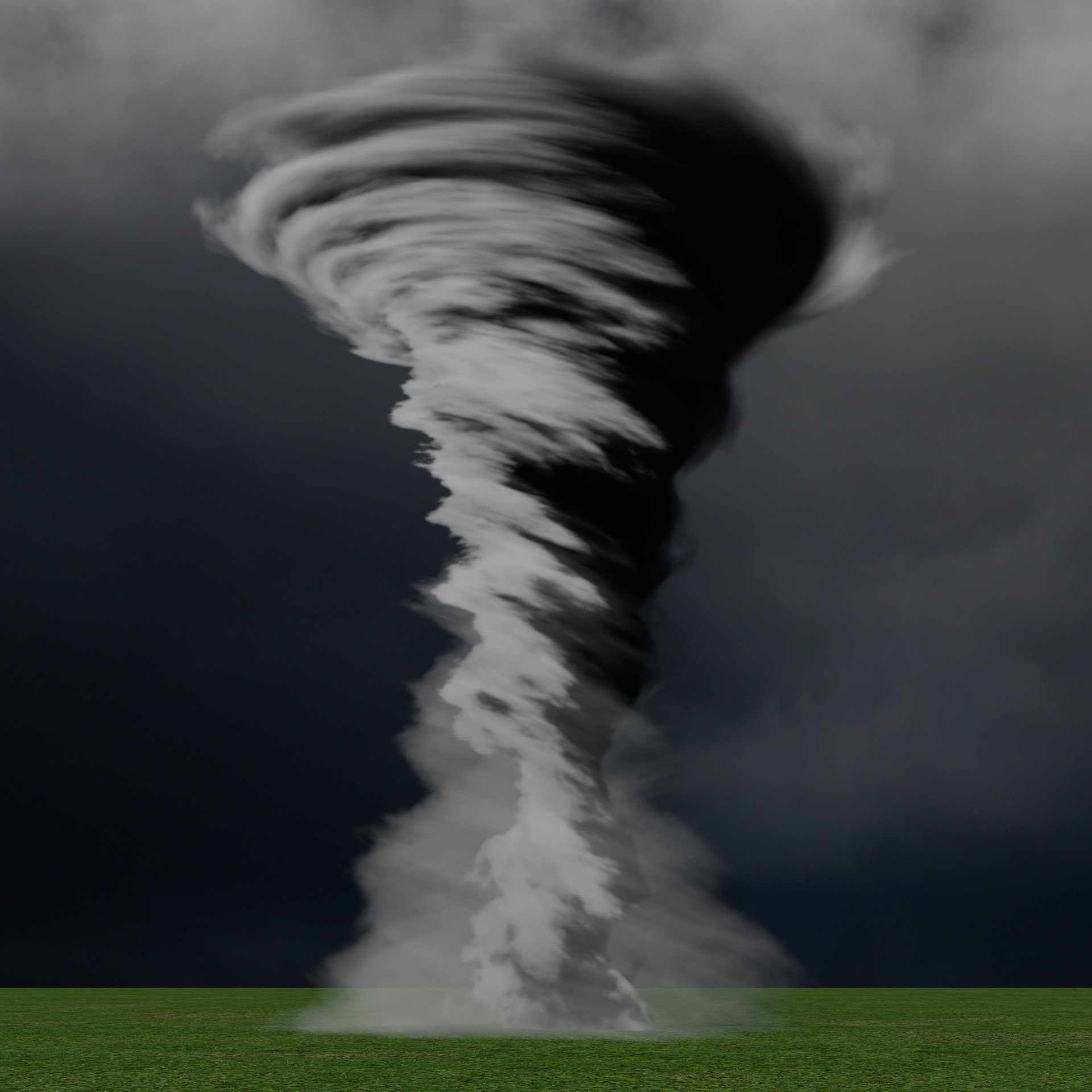
Sketch of a tropical storm, reaching high wind speeds. Easy to imagine, that such storms cause devastating destruction and flooding. Quelle: Pixabay
Join us again at the tropical sea! We will add Covid restrictions to our party metaphor and investigate the influence of cold pools on CSA.
References:
Main source: Master thesis of Ronja Gronemeyer Thesis_Gronemeyer2021
[1] https://www.metoffice.gov.uk/research/climate/understanding-climate/global-extreme-events_tropical-storms
[2] https://www.britannica.com/science/convection

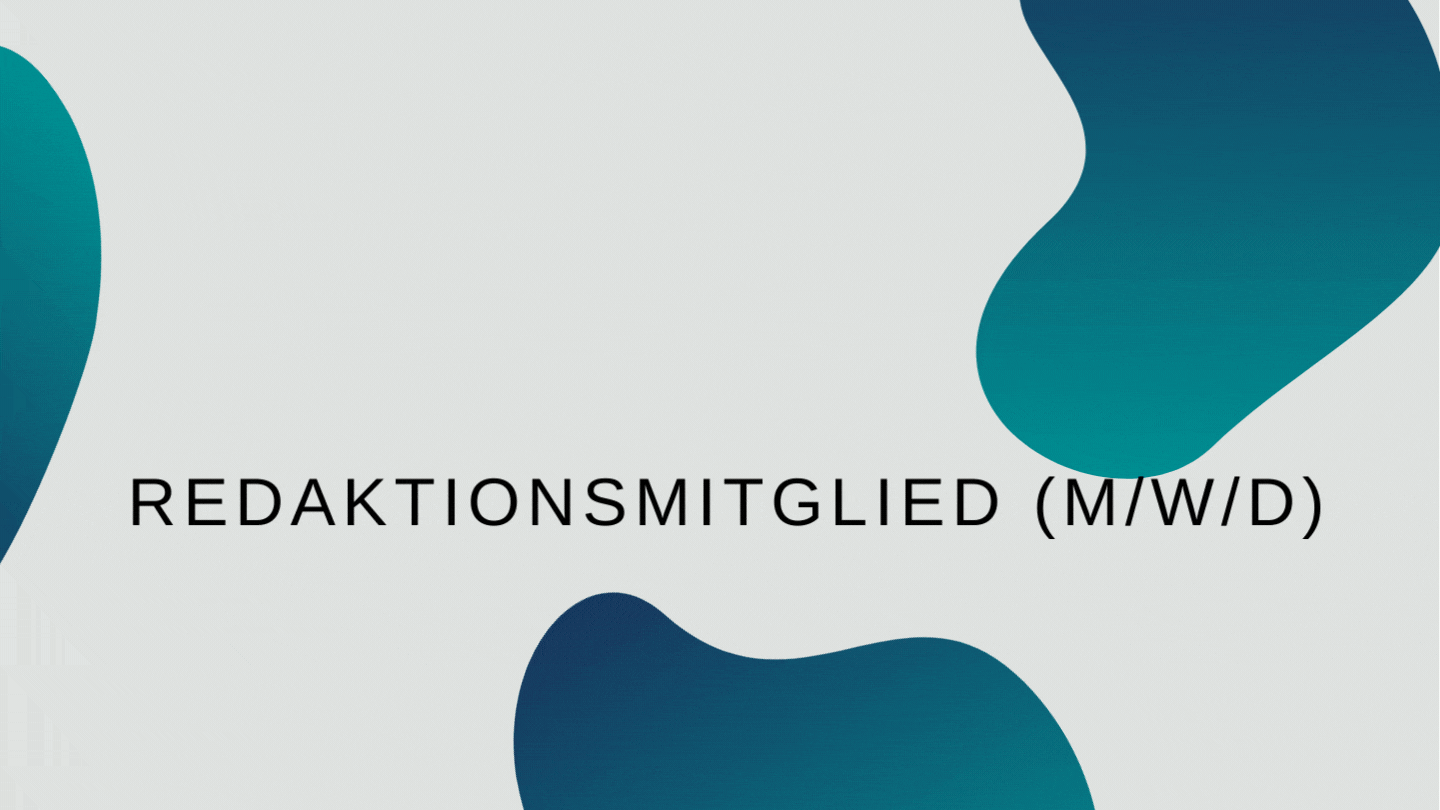






Thank you for this insightful post, Anna! The emphasis on aligning research with publication opportunities is so important. It’s a great reminder to think strategically.